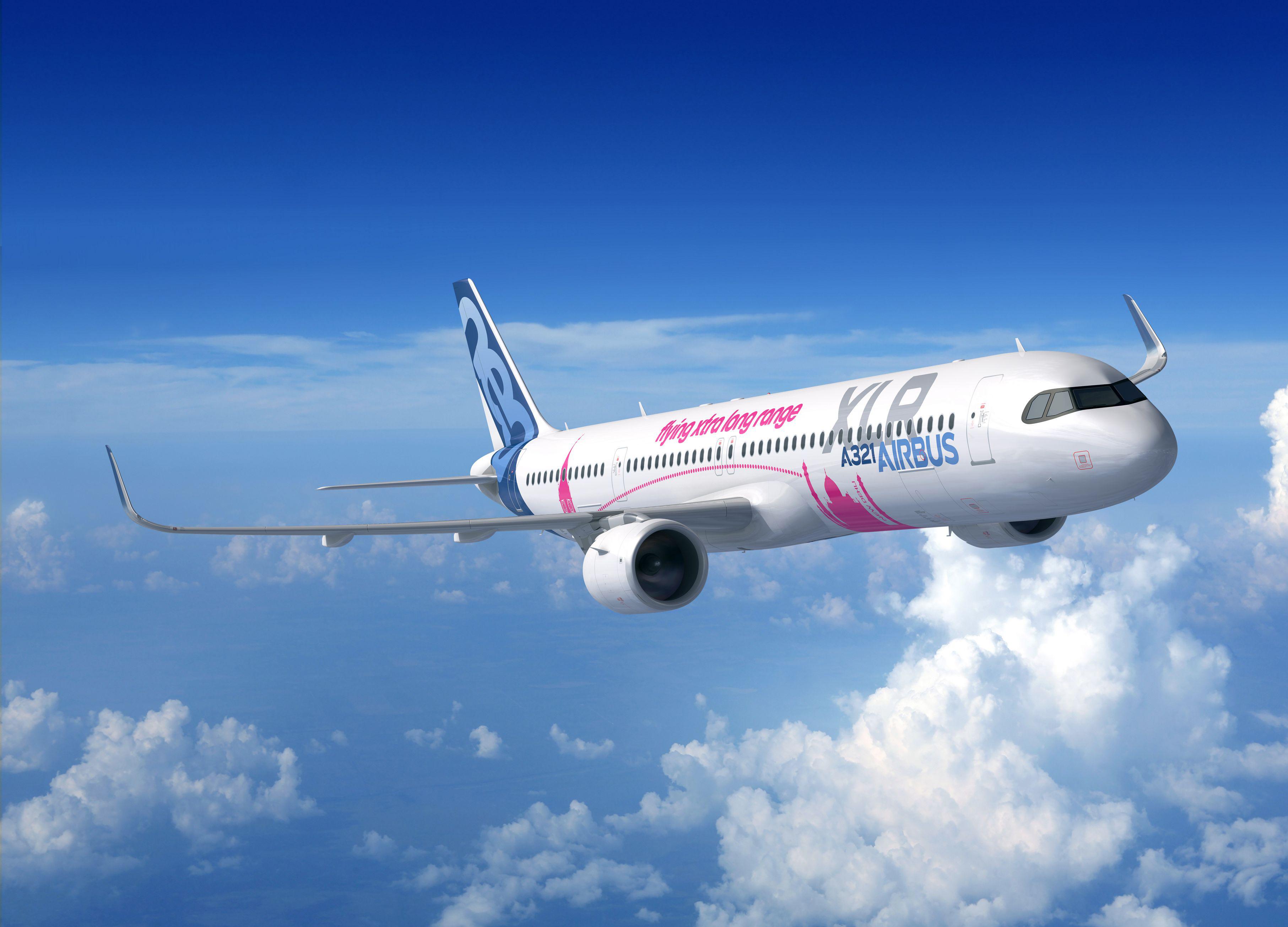Airbus To Further Boost Narrowbody Production, Delay A321XLR Service Entry

Credit: Airbus
Airbus is going ahead with the long-debated further increase in its single-aisle output over the next three years and is delaying entry-into-service of the A321XLR by a few months. Airbus CEO Guillaume Faury confirmed May 4 that the manufacturer will raise its A320neo family single-aisle production...
Subscription Required
This content requires a subscription to one of the Aviation Week Intelligence Network (AWIN) bundles.
Schedule a demo today to find out how you can access this content and similar content related to your area of the global aviation industry.
Already an AWIN subscriber? Login
Did you know? Aviation Week has won top honors multiple times in the Jesse H. Neal National Business Journalism Awards, the business-to-business media equivalent of the Pulitzer Prizes.


